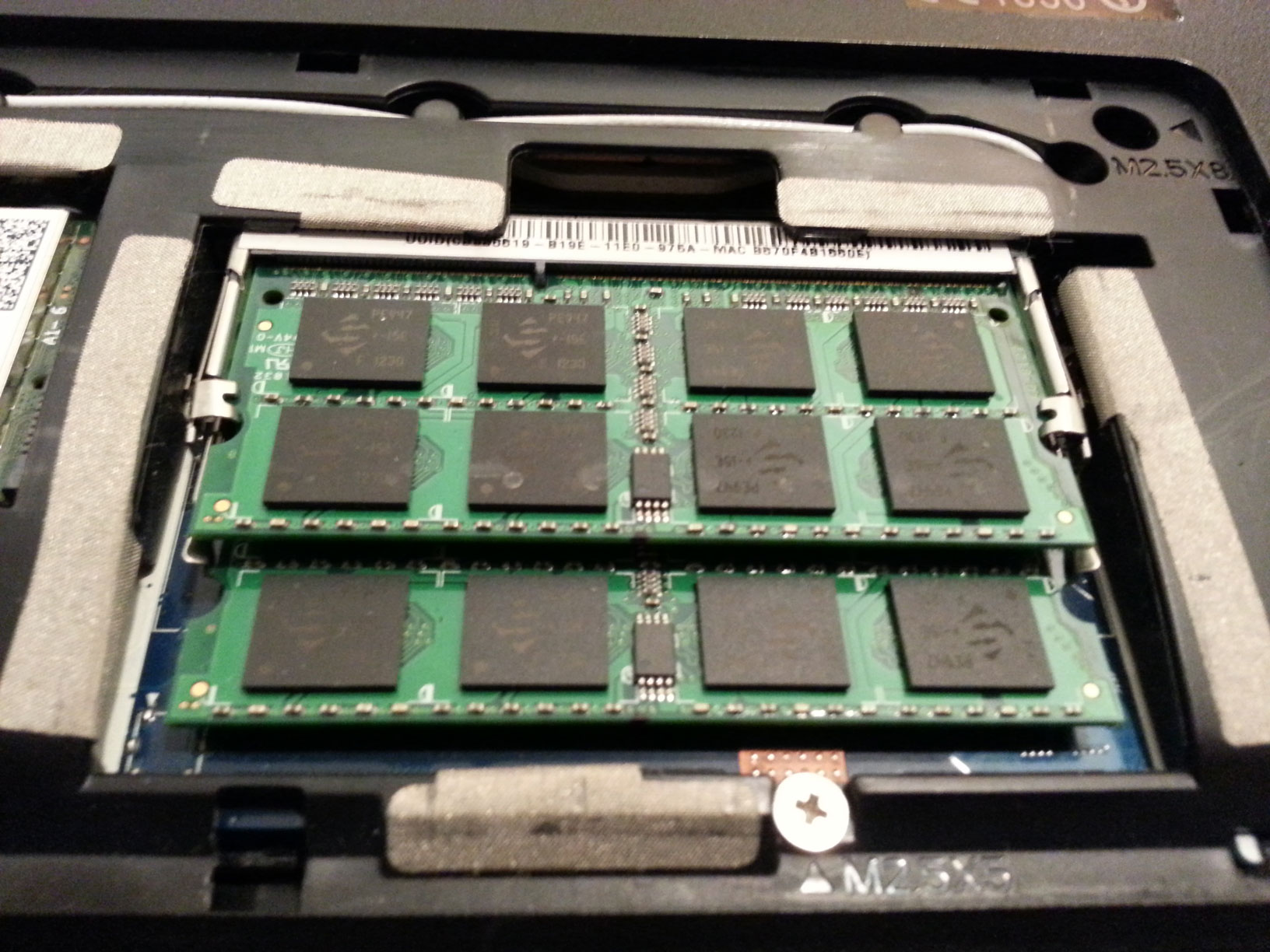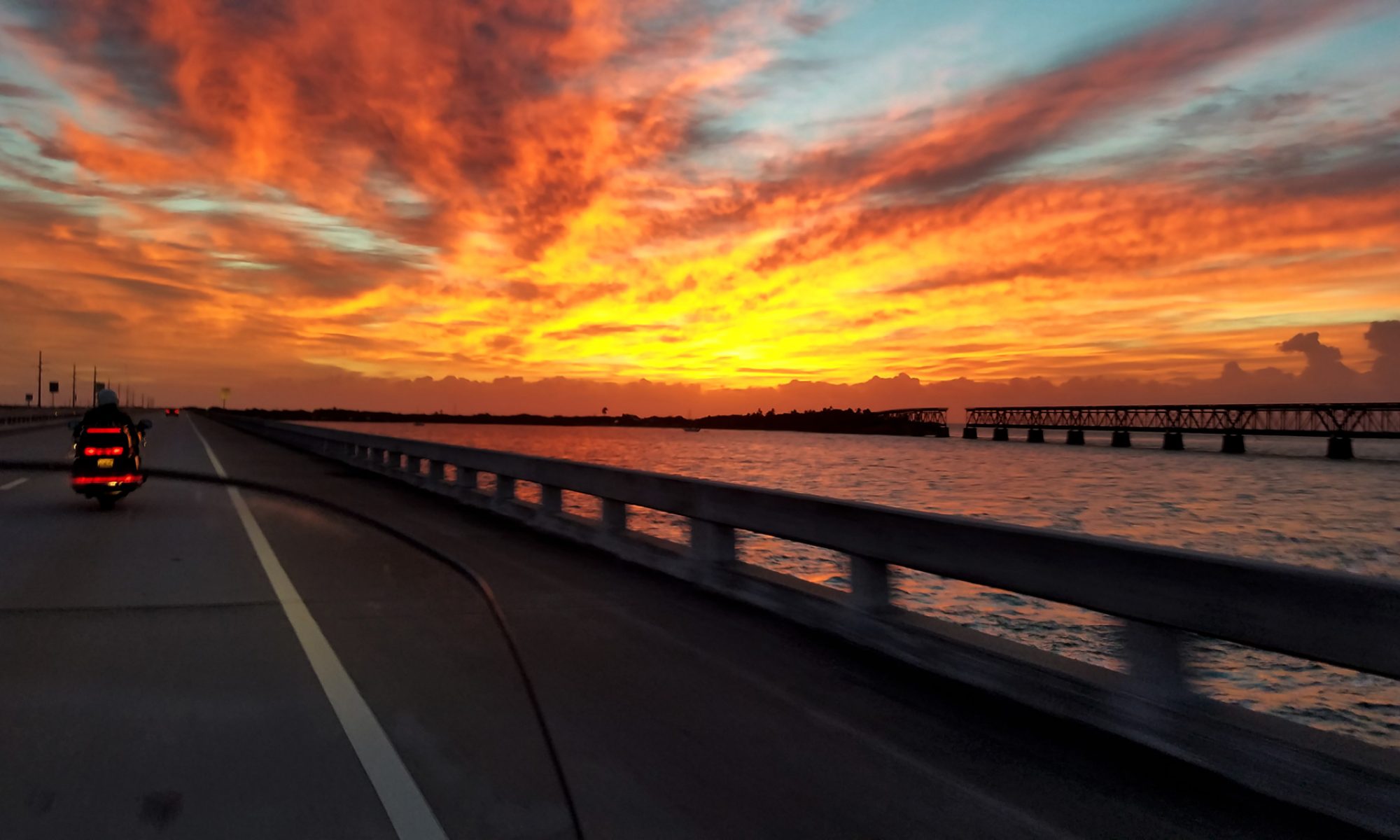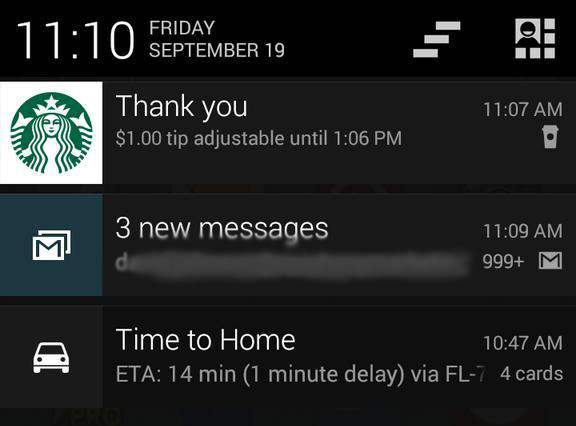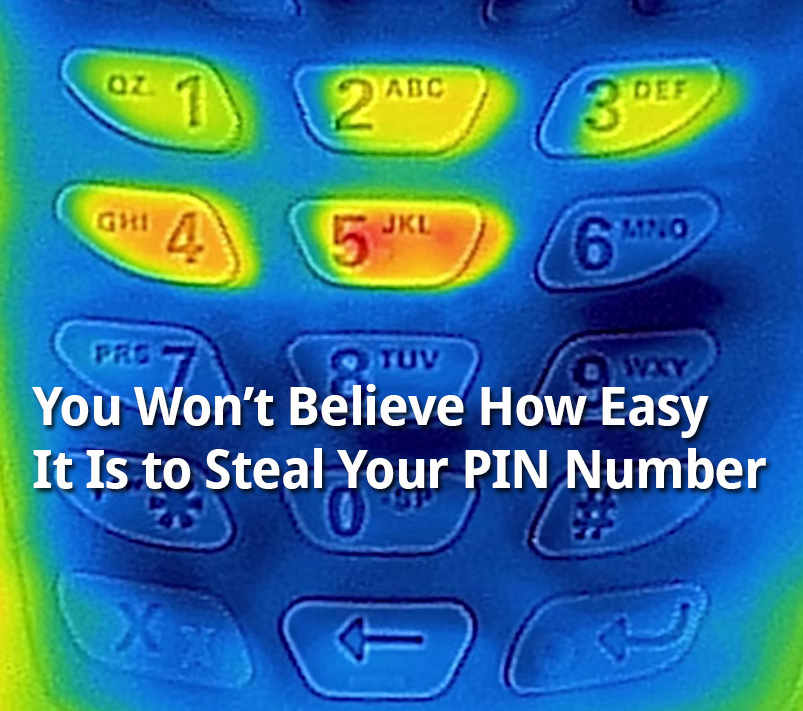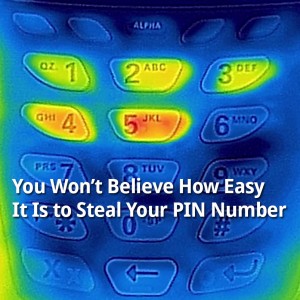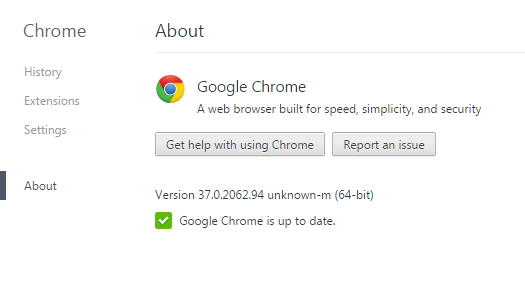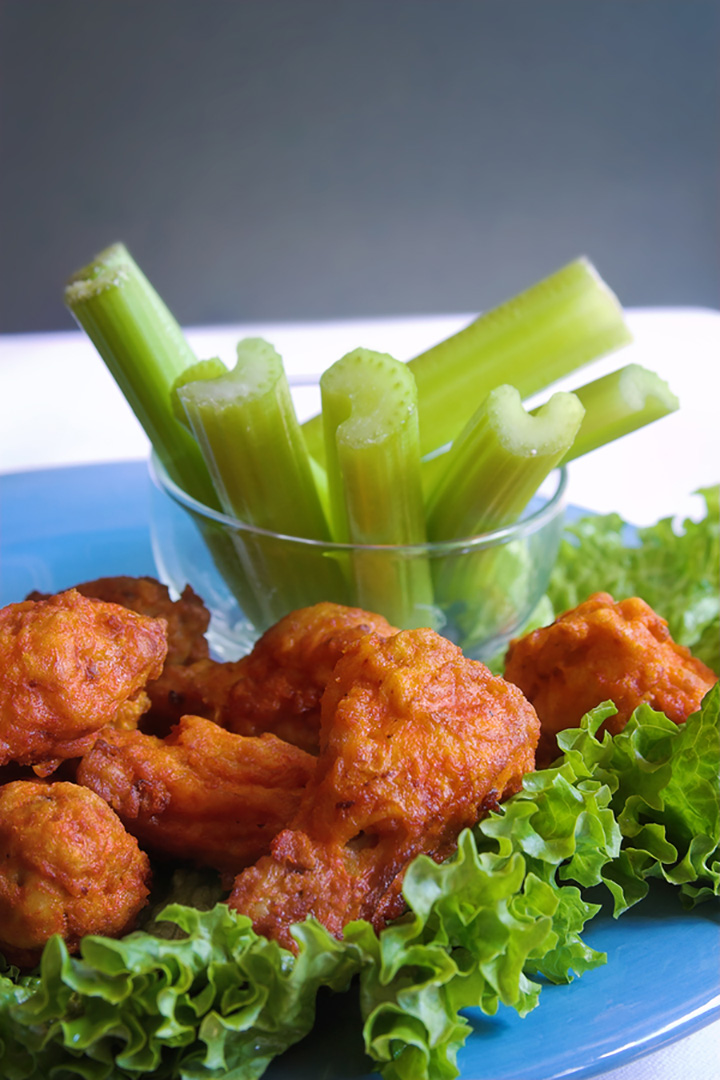Today, I doubled the RAM in my Gateway NV57h.
And it didn’t cost me a dime.
Well… not today, anyway.
TL;DR: The RAM wasn’t seated properly. Like… for a long time. And I’m a geek who should know better. Try reseating your RAM.
I’ve had this machine for almost 3 years (in itself a record, but that’s another blog post). It was a nice middle-of-the-road machine that I bought after an uncharacteristically brief research period. Suffice it to say that I wasn’t expecting it to last long, since I am (at times) a bit of a road warrior and it was purchased to be my daily driver.
I realized it was slowing down some about a year after purchasing it. So, I did the obvious and bought new RAM for it. In fact, I doubled the RAM that day… or at least that was the intention. I happily removed the factory-installed 2GB memory sticks and popped in fresh 4GB ones.
Imagine my horror when, on boot, Windows reported 4GB of RAM.
What?! There must be some mistake.
I shut the machine down, re-seated the new RAM (and verified that I had, in fact, put the new sticks in). Rebooted. 4GB.
One of the new sticks must be bad, I thought.
So… I swapped them. Still 4GB. So… it isn’t the sticks. Must be one of the slots.
So… I booted up with a stick in only one of the 2 slots. Machine worked. 4GB.
With a stick in only the 2nd slot, the machine never came up.
Just to be sure, I put the original RAM in. Booted up with what should’ve been 4GB (2 x 2GB sticks). BIOS and Windows both reported only 2GB.
Shoot. The 2nd slot is dead. No wonder it’s been running slow!!
I contacted Gateway, since I was just inside the warranty period. After explaining my predicament, they authorized an RMA. All I had to do was ship the machine in.
That was 2 years ago. I didn’t have time then, nor have I had it since, to be without my daily driver for the time it would take them to fix it up and ship it back.
So… I decided—more through inaction than anything else—to live with it. And it really hasn’t been too bad, frankly.
A few months ago, I decided that an SSD upgrade would be a nice boost, and that did wonders for the machine’s performance. In fact, it was so nice that it made me think I might be able to hang on to this machine for maybe even a whole year more!
But for the last few months… I’ve started to really bump up against the upper limits of this thing’s performance. Maybe its my habit of having too many Chrome tabs open… or maybe everything just uses more resources now… but with 2 screens full of Google Chrome and one of the Adobe products (usually Photoshop) running, I’d find that my physical memory usage was at 99%. Even worse: I started getting warnings about low memory.
Yechhh….
So… today, on a whim, I decided to open the case and just try to fix it.
I could never understand why on earth there was no physical sign of difficulty. The slots both appear to be soldered nicely to the motherboard. There’s no hint of cracking on the motherboard itself, nor on the physical structures that make up the slots. The machine has undergone no trauma of which I’m aware… unlike the machine before this, which I managed to run over with my convertible one day.
So… I went through the gamut of test all over again. All this time, I’ve had a RAM stick sitting in the “dead” slot not doing anything. It never seemed like there was a good reason to remove it, so I left it.
After doing some tests… even flashing the latest BIOS from the manufacturer, I was unsuccessful and not really getting anywhere. So… I ran some Google searches about dead memory slots. I even ran across one post that showed a nifty memory slot fix involving a guitar pick. It just so happened that I had a guitar pick handy, but that didn’t help.
Now… let me just say that for the last 21 years, my daily work has revolved around technology. For large chunks of that time, fixing technology was even a major component of my life. I do my own IT support, and always have. In fact, right or wrong, I handle all of our own internal IT needs.
…which is why I feel really stupid saying what I’m about to say.
I don’t honestly know know which board I was reading (I’ve gone back to look at the pages I visited today while trying to solve this, and I haven’t found it)… but some joker in a thread about dead memory slots actually made a remark that went something like this:
Any chances you seated the RAM incorrectly 3 times in a row? I’ve done it.
I didn’t think too much about it at the time… probably due to my vast IT experience. But as I continued tinkering, it started to haunt me.
Wouldn’t you know it?
I opened everything back up, looked at slot number 2, and realized the memory stick wasn’t seated.
Could it be that simple? Have I done without the full capacity of my hardware for 2 years over a failure to seat a memory stick properly?
Yep.
I’m typing this on my newly responsive machine with 8GB of RAM.
Sheesh.
